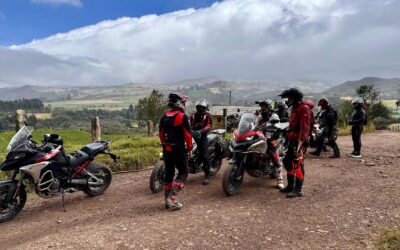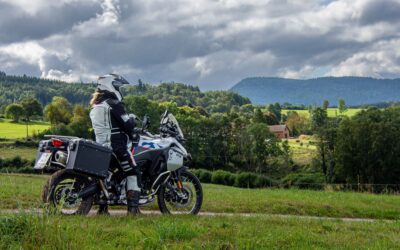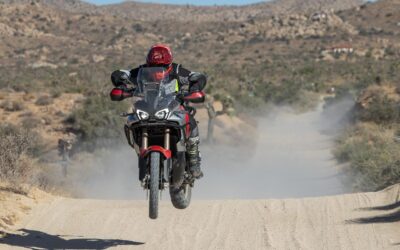Bones, Grit, and Triumph:
A Journey Along the Forgotten Route
The air hung heavy with the impending clash of man versus nature, as the massive ZIL truck vibrated with barely-contained energy. A homemade ramp, constructed from blocks of ice and stone, was carved into the cliff face, offering a formidable 45-degree ascent. This was not a man-made highway, but a monument to the resilience of 19 men, unyielding against the merciless Siberian terrain. A profound silence blanketed the scene; only the biting Arctic wind dared to speak. Then, with a bellow that shook the wilderness, the 6×6 machine sprung forward, every muscle of its ironclad body defying the rules of gravity. Would the mechanical beast conquer this seemingly unconquerable obstacle? Or would the unforgiving Siberian landscape claim yet another victim? Welcome to the Road of Bones, where unpredictability is the only predictability.
Los Piyus
Meet Los Piyus, an assembly of 19 audacious motorcyclists from Argentina, bound by a shared thirst for wild, unbroken roads and life-changing experiences. Born in 2000, this team has grown, welcoming seasoned riders and engineers who have faced the world’s most treacherous routes. Their weapon of choice? BMW motorcycles, from the F800 GS to the rugged R 1200 GS, each bike standing testament to their unwavering faith in German engineering.
Their preparation was more than a test of physical endurance. It required painstaking planning and intricate mechanical adjustments. The team invested countless hours optimizing their bikes to endure Siberia’s notoriously punishing conditions. Each adjustment, from tire modifications for better ice traction to protective gear installation, served a critical survival purpose.
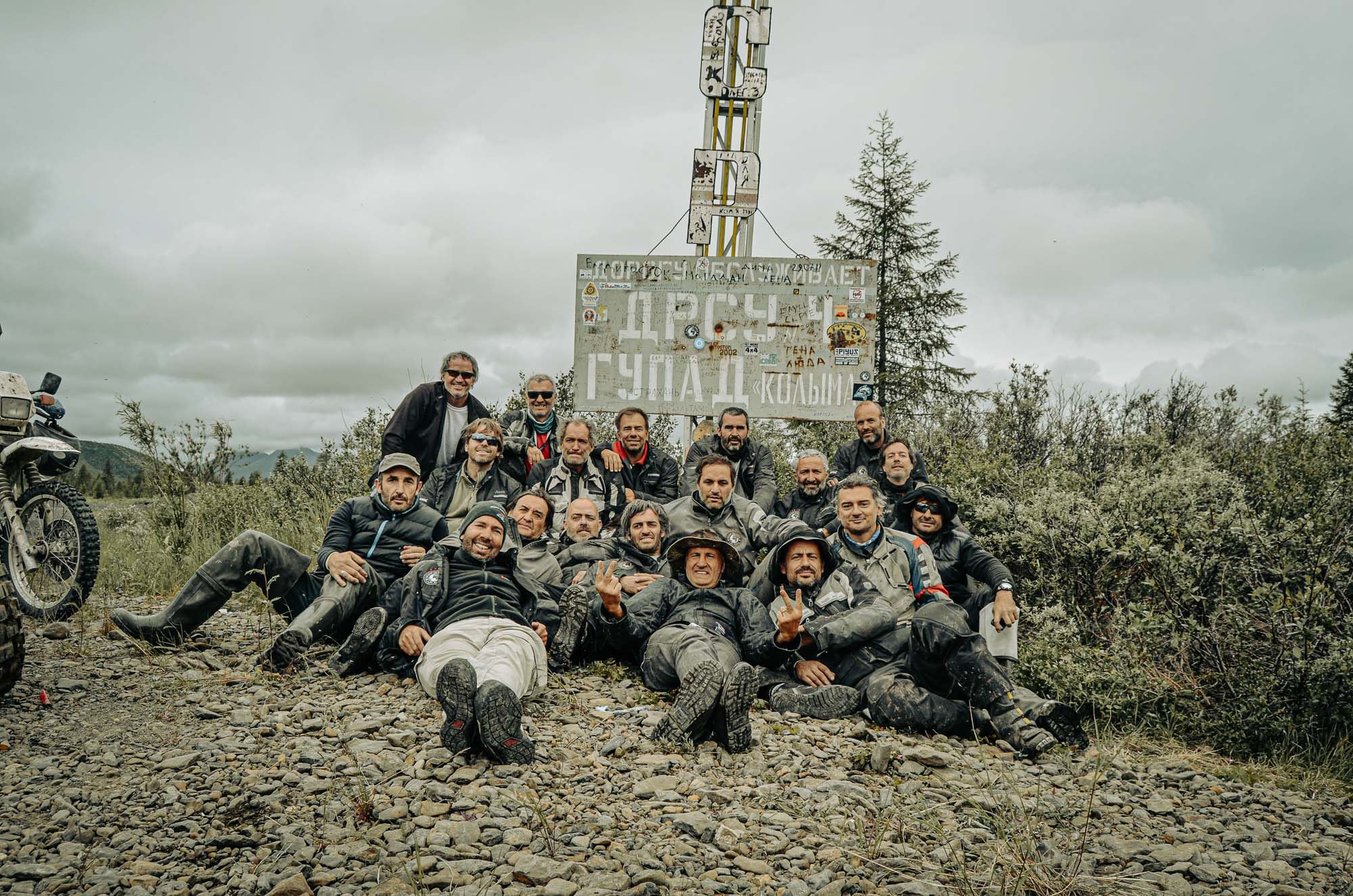
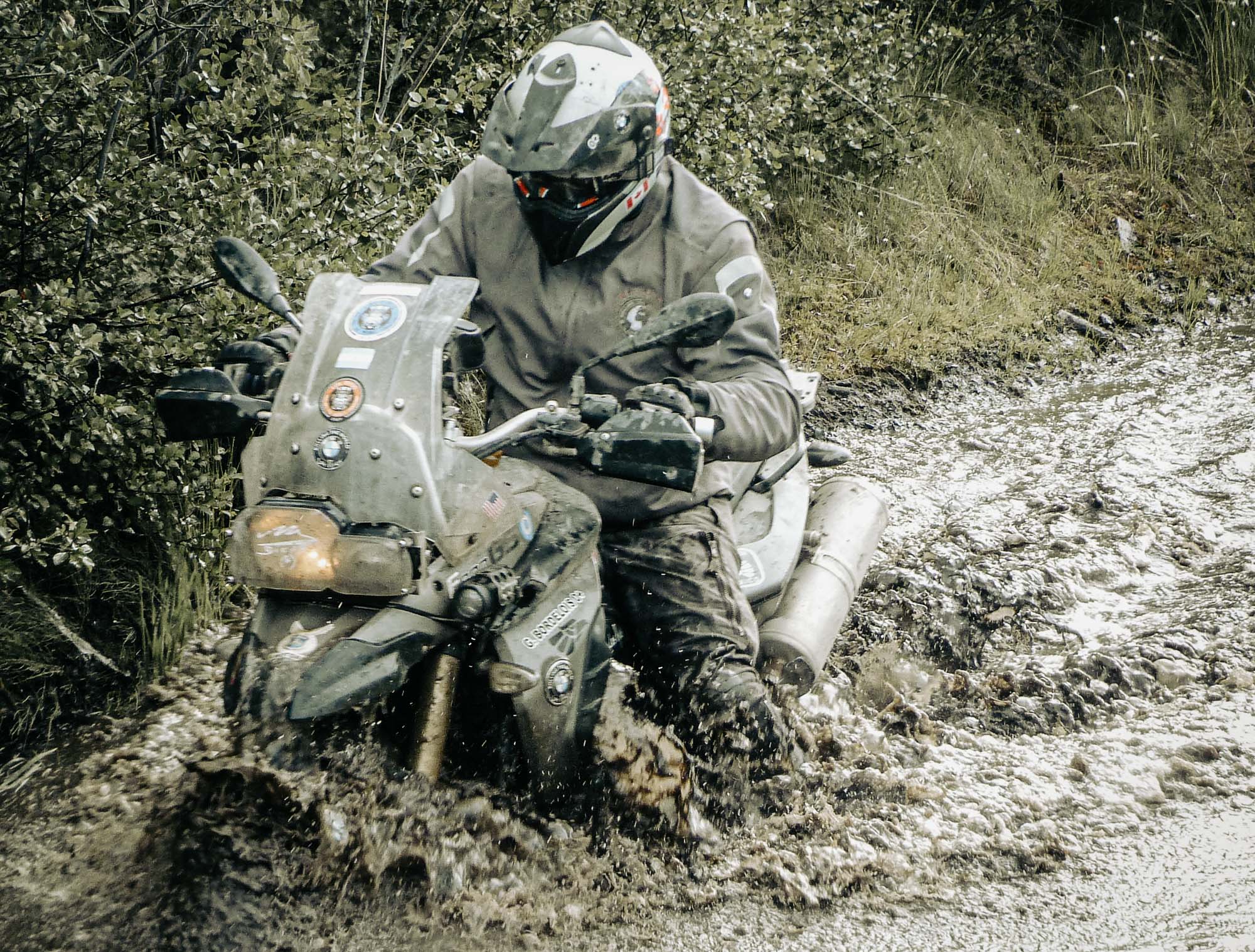
Their path? A grim reminder of a historic tragedy – the Kolyma Highway, also known as the Road of Bones. Crafted from the skeletal remains of forced laborers during its construction, this road was the cruel brainchild of Stalin’s regime, stretching over 2000 kilometers through some of the coldest, most remote regions on Earth.
Fueled by a love for motorcycles and an appetite for adventure, the group dared to venture this starkly beautiful yet brutally unforgiving Siberian landscape. With their faithful BMW steeds, they set out to conquer the Road of Bones, the chilling ghosts of its history their silent companions.
Touchdown in Magadan: Trials, Tribulations, and Triumphs
Landing in the far-flung city of Magadan, the band of audacious motorcyclists found themselves on the precipice of an adventure that far outstripped their wildest dreams. Their immediate mission: to negotiate the release of their prized motorcycles and a Ford F150 from the iron grip of customs, hunt down additional local motorcycles, and secure a trusty support vehicle for their daunting journey ahead.
Days blurred into one another as they dove headfirst into the labyrinthine quagmire of customs bureaucracy. The quest for local motorcycles proved to be a game of hide-and-seek, with the elusive machines commanding a steep price. And the support vehicle? A mythical beast met with raised eyebrows and skeptical smirks from the locals.
Throughout this initial phase, the group morphed into fleeting local celebrities. They graced Magadan television, rubbing shoulders with the Polar Owls, the local Moto Club, all the while the harsh Siberian environment reminding them of the monumental mission that lay ahead. From cars perpetually running in the frigid cold to the ever-looming threat of mosquitos and wild beasts, the daunting enormity of their mission hit home.
Just when the struggle seemed unending, an unlikely ally emerged – Alexander, an ex-Soviet soldier whose imposing 1970 ZIL truck seemed as hardened as the man himself. A chaotic cocktail of makeshift translation and sharp negotiation convinced him to throw his lot in with the expedition, for the right price, of course. Alongside this hard-won victory, their persistent efforts finally bore fruit as their motorcycles were liberated from the customs’ stranglehold.
In the eerie twilight of a late May morning, they set the wheels of their grand expedition in motion. A formidable convoy, comprising fifteen motorcycles, the supply-laden F150, and the ZIL beast, roared to life, ready to tackle the fabled ‘Route of the Bones’. Their journey began with an emotion-laden speech by Piyu Gunter at the foot of a monument that stood as a grim reminder of the countless lives lost in the construction of their chosen path.
With their Polar Owl friends and a local television crew as their farewell party, Los Piyus set off on their journey, blissfully unaware that their last links to civilization were soon to be fragments of memory. Little did they know of the Herculean trials and tribulations that lay in wait.
Embarking into the Unknown
As the group set off into the bleak Siberian wilderness, their course was charted towards the northwest, the desolate town of Susuman as their aim. The sleek asphalt beneath their wheels abruptly transitioned into coarse gravel, causing their forward momentum to slow drastically. The silhouette of passing trucks cloaked them in swirling clouds of dust, turning the journey towards Susuman – their only sanctuary before the formidable Route of Bones – into an arduous test of endurance.
Alexander, their hardened ex-Soviet guide, held doubts regarding the very existence of the route they sought. However, undeterred by skepticism, the group was steadfast in their commitment. Guided by the unerring arrow of their GPS, they discovered a faint, almost forgotten trace of the path they sought, barely discernible amidst the thicket of wilderness. Undaunted by the uncertainty, they decided to forge their own path, treading the neglected trail that led into the pages of history.
Their journey took them to the daunting banks of a formidable river, which lacked any semblance of a crossing. Displaying true grit, some ventured into the swirling currents, fighting the turbulent waters until their bikes were safely on the other side. Witnessing their valiant effort, Alexander directed his ZIL behemoth into the river, the impressive truck parting the water and paving the way for the F150 to follow suit. With this feat of bravado successfully executed, they were officially baptized into the Route of Bones.
However, their triumph did not come without a price. One of the motorcycles sputtered and choked on the river water while clouds of ravenous mosquitoes descended on their unprotected faces. After an hour of relentless struggle, the waterlogged motorcycle was resurrected, and they resumed their expedition.
Their progress through the treacherous landscape was painstakingly slow, a seemingly endless ordeal of rivers, swamps, and hostile terrain. The first day’s journey covered a scant thirty miles, a disheartening pace in contrast to the daunting five hundred miles that still lay before them.
Under the ever-watchful eye of a midnight sun, they made camp. Nestled deep within the Siberian wilderness, on an abandoned trail surrounded by inhospitable swamps and unseen wildlife, they managed to carve out a semblance of normalcy – the comforting warmth of a hot meal, the familiar crackle of a fire, and the soothing background music.
However, their tranquility was short-lived. A brown bear and its cub made an unexpected appearance, staking their claim to the territory. Their intrusion was repelled by the sudden flare of a torch, yet the encounter served as a stark reminder of the untamed territory they had dared to invade. The night was fraught with tension as they kept vigil, alert to the ceaseless scrutiny of nature’s watchful eyes.
The Haunting Highway: A Journey Through The Road of Bones
The Road of Bones, etched through the formidable terrains of eastern Siberia, stands as a stark testament to the relentless drive for resources by the Soviet Union during the 20th century. This grimly named highway, connecting Yakutsk to Magadan, was not birthed by willing hands. Instead, it is a brutal product of coerced labor, fashioned by prisoners from the Sevvostlag and Gulag camps, many of whom were dissenters of the Stalinist regime.
Spanning over two turbulent decades from its inception in 1932 to its completion in 1953, the road’s creation was fraught with hardship. The brutal Siberian weather – summers morphing into insect-infested swamps and winters defined by snow and Arctic chill – claimed an estimated three million lives. The dead were left where they fell, their bones unwittingly strengthening the roadbed and bestowing upon the road its chilling moniker.
Covering a stretch of 2,000 kilometers, the Road of Bones is believed to hold approximately two human remains per linear meter. This marks it as the largest mass grave worldwide. While the portion of this eerily haunting highway between Tomtor and Yakutsk is still operational, the eastern segment from Magadan to Tomtor was abandoned in the 1970s due to the challenges of maintenance.
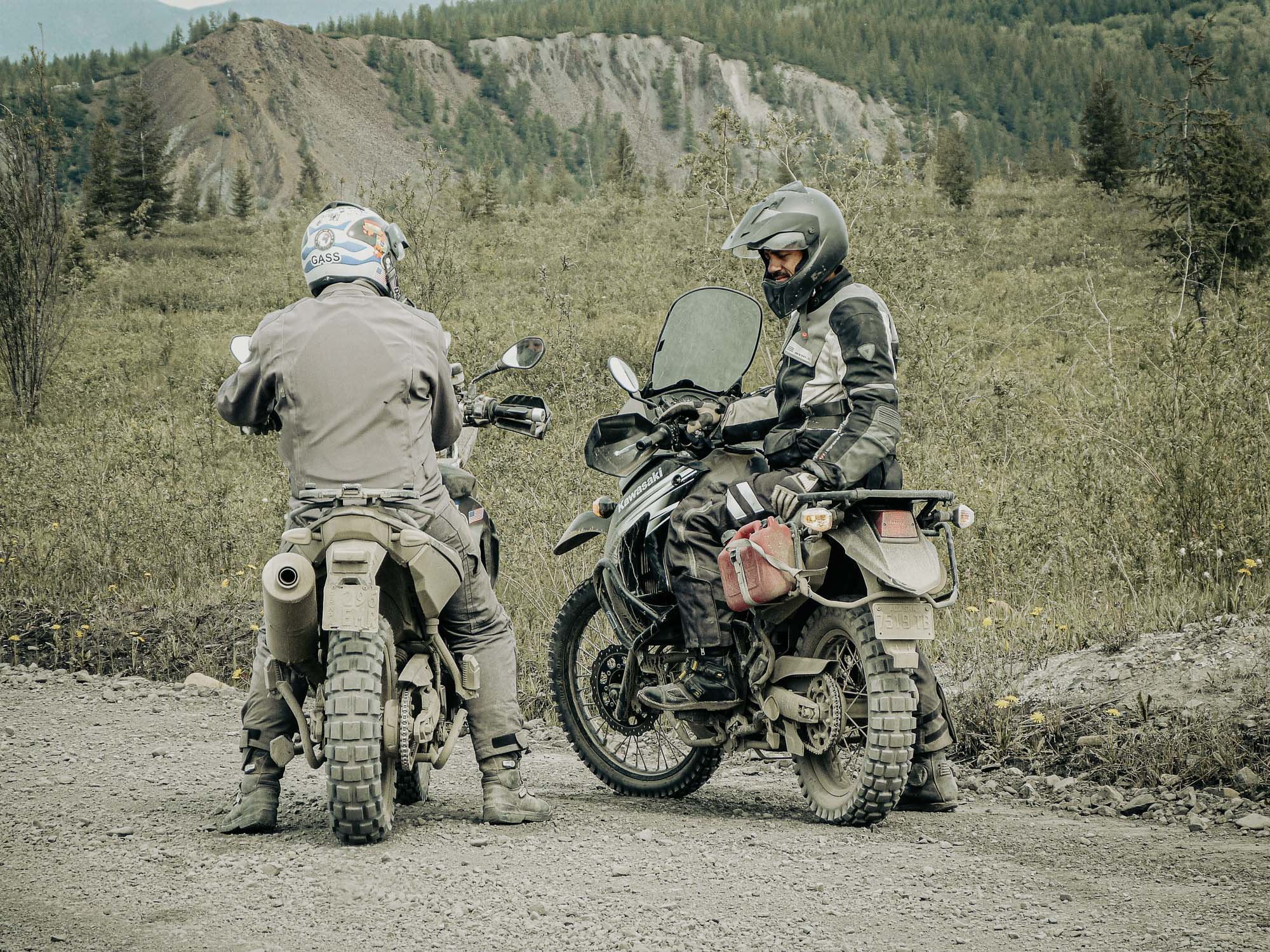
For Los Piyus, “Rolling the World” transcends the act of global motorcycling. It implies immersing themselves in diverse cultures and traversing the narratives of history. Thus, they embraced the formidable challenge of the Road of Bones, opting to traverse its most extreme and secluded segment, a pathway steeped in silence and reverberating with the echoes of countless departed souls.
A Ghost City Rises
As the eternal twilight ceded to daylight, their journey resumed post a hasty breakfast. By mid-morning, an unexpected sight broke the monotony of the desolate landscape – an abandoned city, eerily reminiscent of the Chechens’ Susuman, now slowly surrendering to nature’s relentless reclaiming grasp.
The dilapidated remnants of what appeared to be a miners’ settlement lay in ruins, with crumbling buildings, rusted vehicles, and echoes of a once thriving life scattered across the desolate vista. An unsettling aura of abrupt abandonment hung heavy in the air. Despite the visible decay, they ventured into a few structures, unearthing fragments of past lives: furniture, clothing, art, and toys weathered by time. A deserted school, its desks and blackboards untouched, also came into view.
Later, they uncovered the tragic history of the ghost city, Kadykchan. One winter night, with temperatures plummeting to negative fifty degrees, the city’s heating system failed. This calamity resulted in the death of three thousand residents due to the bone-chilling cold. The surviving inhabitants were evacuated by the Russian army, leaving the city to its inevitable decline and oblivion.

Obstacles, Equipment, and Ingenuity
With roughly 150 km remaining to reach Tomtor, their fuel reserves were dwindling dangerously. The relentless mud and arduous river crossings had depleted almost all their supplies. The F150 ran out of gas mid-morning and had to be towed by the Russian truck from then on. Then, a BMW 1200 attempted to navigate one of the mighty rivers but was submerged beyond its limits. Water infiltrated the cylinders while the engine was still revving high, leading to catastrophic damage: shattered connecting rods, pistons, and cylinders. The remains of the BMW 1200 ended up being loaded into the van.
Just a few kilometers later, an unexpected event unfolded. Despite its 6×6 traction and colossal power, the truck found itself mired in a mammoth marshland, unable to extricate itself. With swift action, they felled a dozen small trees to place beneath the tires, and to everyone’s relief, the ZIL emerged victorious from the mud. However, their triumph was fleeting. By mid-afternoon, they reached a river ensconced within a three-meter vertical cliff. A few motorcycles were dispatched to explore the river in both directions, seeking a cliff-free crossing point, but their search proved fruitless.
Constructing a ramp with trees was deemed impossible due to the height they needed to overcome and the weight of the truck. They lacked the fuel to backtrack the nearly five hundred kilometers they had traveled, and more importantly, they couldn’t allow the Road of Bones to claim victory over them.
The group’s two engineers hatched a plan: to find an optimal spot and carve a ramp large enough for the truck into the cliff face. A daunting task for most, but not for 19 Piyus driven by the determination to defy even the most improbable of obstacles.
They toiled for hours, burrowing into the cliff face with shovels and makeshift tools. By nightfall, and in a state of sheer exhaustion, they managed to chisel out a ramp at about a 45-degree angle – a challenging task for any 4X4, but not for the 6×6 ZIL. With about ten meters of a running start and every ounce of its power, the truck defied gravity, hauling its ten-ton weight up the steep incline. As the metallic beast conquered the seemingly insurmountable obstacle, the men, dirt-caked and hands blistered from the effort, erupted in joy. They had made it. Then, with the truck on top, they hoisted the F150, despite its weight, as effortlessly as lifting a feather. However, the angle proved too steep for the F150, resulting in its chassis splitting in two with a resounding thud. Thus, they continued their journey, hauling the pitiful remains of the BMW 1200, devoid of fuel, with a damaged traction system, supported only on its broken chassis.
The Arrival at Tomtor: A Testament to Endurance
Nearing the end of their journey, their strength depleted, they faced a river approximately two hundred meters wide. A wooden structure bridged the river, still functional but showing signs of decay. Carefully inspecting the bridge on foot, they noted missing boards in several spots, but the rest seemed sturdy enough to risk the crossing.
On the other side, they encountered the first signs of civilization they had seen in a week: a wooden post studded with distance markers pointing to renowned cities around the world. These signs marked the beginning, or in their case, the end, of the legendary Road of Bones.
Their arrival was marked not with fanfare, but with a deep sense of relief and accomplishment. They were gaunt, dirty, bearded, and bruised, but their eyes shone with a joy that was undeniable. They had successfully navigated one of the planet’s most inhospitable, remote, and harsh terrains. This was an experience unlike any other, a challenge that they would carry in their memories forever.
The ZIL truck roared its engine one last time, its thunderous voice echoing through the vast, empty landscape. The smiles on the weary faces of the Piyus reflected their achievement. They had confronted the Road of Bones head-on, faced it with tenacity and defiance, and emerged victorious.
The air was thick, not with tension this time, but with the triumphant echoes of a victory hard-earned. The certainty of uncertainty on this journey had been transformed into a chapter of courage and triumph, a testament to human resilience and the indomitable spirit of adventure.
Welcome to the Road of Bones, a place where the echoes of history intertwine with the present, where each moment unfolds in uncertainty, and where courage and triumph stand as beacons guiding the way. This is a journey that will continue to inspire and challenge the Piyus in their pursuit of “Rolling the World,” as they continue to navigate the pages of history and the diverse cultures that color our world.
In the face of relentless adversity, nineteen resolute souls dared to defy the odds. Diego Angelino, Gastón Bordelois, Patricio Buteler, Eduardo Cassera, Ignacio Elhaiek, Ezequiel Ezkenazi, Ezequiel Huergo, Boni Lastra, Mano Lastra, Alejandro Livingston, Robert Livingston, Mariano Mendiberry, Rino Monaco, Carlos Pulenta, Julián Randle, Wily Rodríguez, Luciano Rizzi, Juan Carlos Villa Larraudet, and Rodolfo Williams etched their names into the annals of adventure. Each mile they traversed, every challenge they faced and overcame on the formidable Road of Bones, stands as a testament to their indomitable spirit and the true essence of adventure. It is in their honor and memory that this tale is told, a chapter of courage and triumph against all odds.
Photos: Los Piyus – Words: Pablo Ferrero
Related Articles
BTA Off-Road Test: Ducati Scrambler Icon Dark Goes Beyond the Pavement
BTA Off-Road Test: Ducati Scrambler Icon Dark Goes Beyond the PavementThe adventure begins with a roaring engine and an open road—or, in this case, a dusty off-road trail that tests both rider and...
Uncharted France (Part 2)
Uncharted France Chapter 2: Across the Edge of CivilizationThe swamp was eerily quiet as we worked to lift the F900 GS from the mud. Matthias was already brushing himself off when we heard it—a...
The Full MV Agusta Enduro Veloce Experience
A Symphony of Power and Control The Full MV Agusta Enduro Veloce ExperienceThe North American launch of the MV Agusta Enduro Veloce took place at the Pierer Mobility Group headquarters in Murrieta,...

